As an Amazon Associate I earn from qualifying purchases.
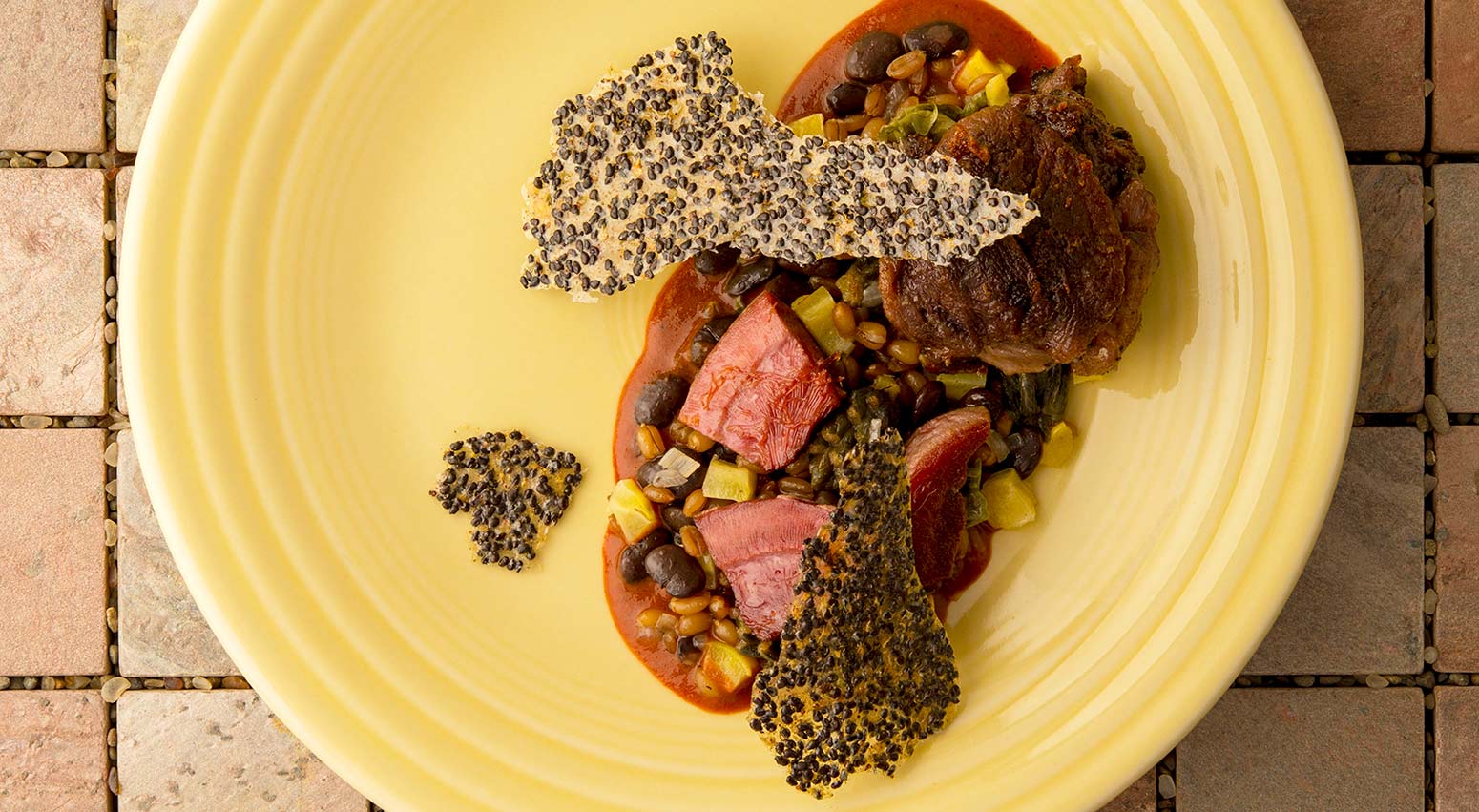
Chances are you won’t be making the dish you see above anytime soon. And that’s OK. The point of the dish, and this post, is to show you what is possible when you fully grasp the amazing wild food opportunities that surround you.
Every climate and region of this country, all countries, for that matter, has something special about it. The plants, the animals, the mushrooms, the culture. As hunters, anglers, foragers and cooks we are uniquely suited to soaking up that awesomeness.
Many places already celebrate their unique wild foods: Smoked salmon in the Pacific Northwest, fried morels in the Midwest, clam chowder in New England. And, more or less every famous dish from Louisiana. That said, as cooks we can explore these foods in our own way.
Take this dish. I could give it some airy, pretentious name like “Faunal Explorations of the Sonoran Clime,” or some BS like that, but I’ve just been calling this “Fancy Javelina,” because that’s what it is. A fancy javelina dish with a bunch of really cool things alongside.
I really could call it “Tongue in Cheek,” because it’s also that: It’s corned javelina tongue with slow braised javelina cheek. Except I have a similar dish named Cheek by Jowl that I like very much.
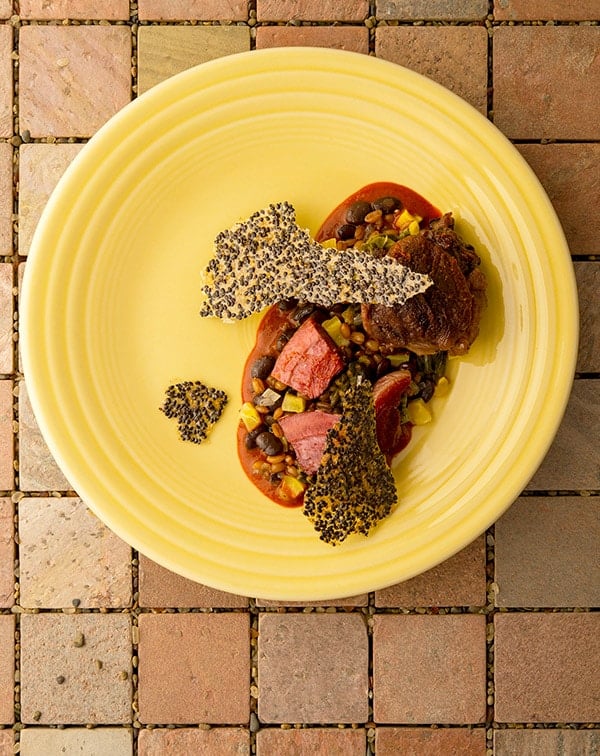
The dish emerged from a javelina hunt I did with my friend John Stallone in Arizona back in February. I got one, as well as some bits and bobbles that the other hunters in our camp didn’t want, like tongues and cheeks.
Barrel cacti were still fruiting, and their fruits are the only ones from a cactus that aren’t covered in spines. They taste like a love child from a menage a trois between a green pepper, a lemon and an okra. I like them in a lot of ways, but diced small they add tang and texture.
Alongside the barrel cactus, regular prickly pears were all over, as were cholla. Both have edible parts. I happened to have some dehydrated nopales, which are the young paddles, as well as dried cholla buds, which taste like artichoke hearts. Nopales are lemony, and, when you dehydrate them and then rehydrate them, there is no slime.
So that’s cactus, cactus and cactus — all things that javelina eat. Bulking up the dish are Sonoran wheat berries cooked in javelina broth, as well as black tepary beans, which are a bean native to the Sonoran Desert.
Underneath it all is a sauce of local chiltepin chiles, tomatoes, more javelina broth and white sage, which, while not Sonoran, is a desert sage that lives in the same general area. What’s on top? Barrel cactus seed crisps. They’re awesome, and were the most innovative thing on that plate.
I learned about the concept from Swedish Chef Magnus Nilsson, who does it with flax seeds. Both his and my crisps are held together with a starch slurry and slow baked. They are amazing. Crispy, nutty, salty, a little picoso with some powdered chile.
The point of all this is to celebrate that hunt, to highlight the unique and amazing foods that were all around us as we chased the wily skunk pig in the desert. You could do the exact same thing on a whitetail hunt in the woods of New York or Michigan or Minnesota, or a hog hunt in South Florida, or a nilgai hunt near Brownsville, Texas. Anywhere, really.
And it need not be a hunt. It could be a foraging trip in the Pacific Northwest or Maine. Or a fishing trip to the Florida Keys, or hell, just down the road from me on California’s North Coast. I actually did that, with a dish called Tidepool.
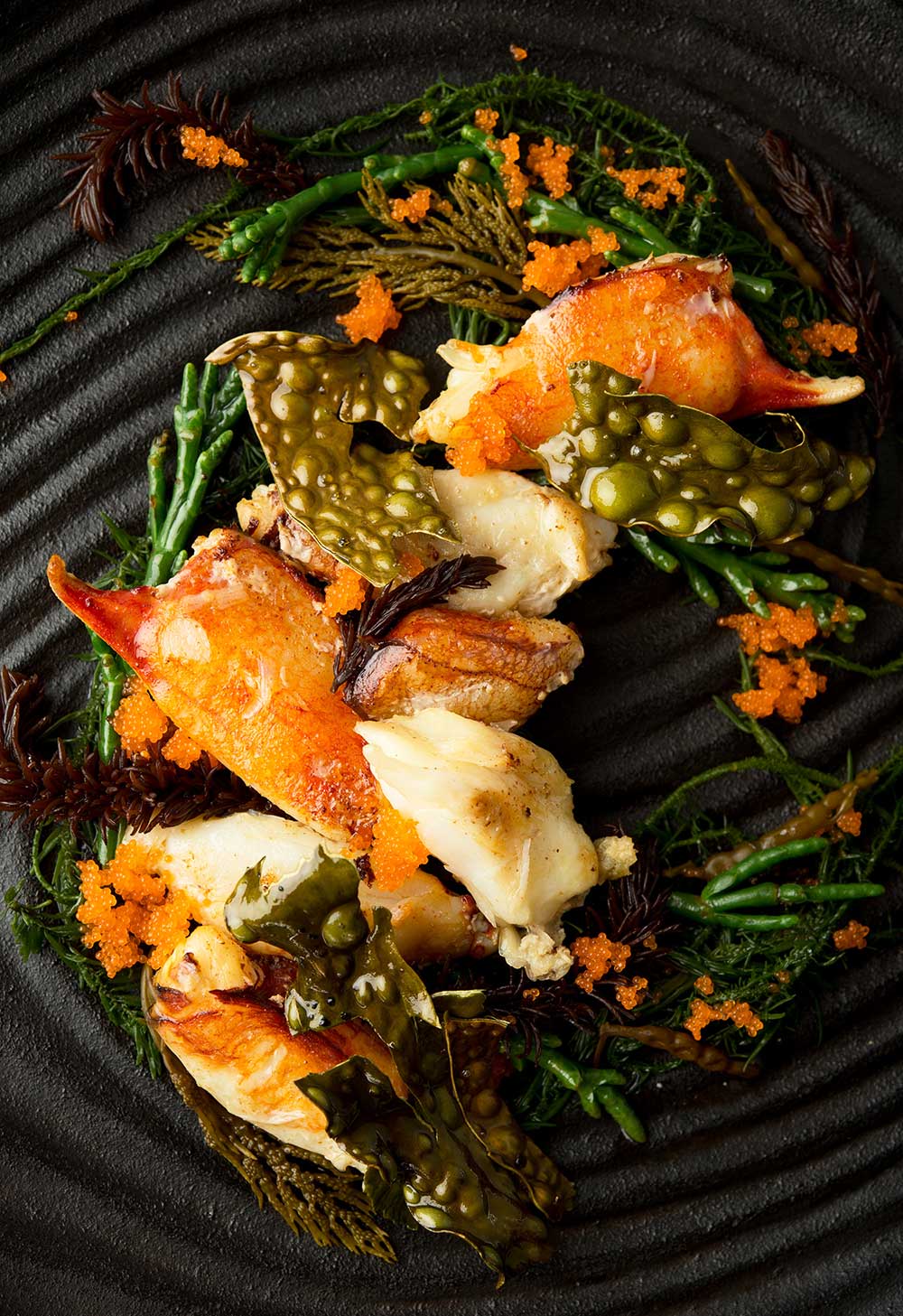
Learn about the edible wild plants of your area. Learn its history, its deep culture. What crops are grown there? Once you do, you will never be at a loss for wonderful new combinations of flavors and ingredients that live all around us.
And to get you started, here is a post on all my favorite foraging books.
The Quarantine Chronicles
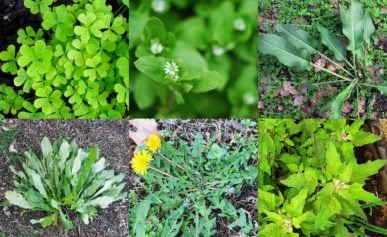
Edible Weeds: Eat Your Lawn
The best place to find edible wild plants might be no further than your own yard.
Read More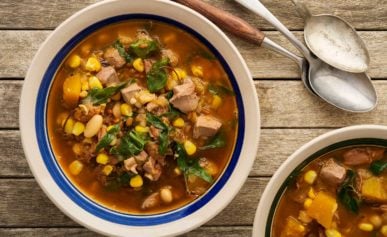
Making Stew with What You Have
Sometimes you have to make substitutions these days, and there is no better place to freestyle than in the stewpot. Here’s how to build a better stew.
Read More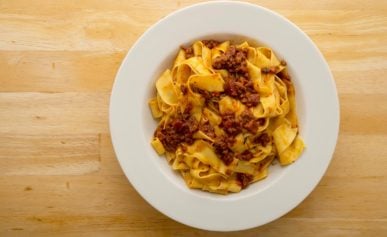
Black Mood, Red Sauce
It hasn’t all been sunshine and light these days. Our little family suffered a death recently, and its inevitability turned me inward, to that dish that gives me solace when all around me is black.
Read More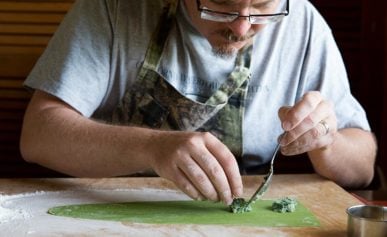
Stretching in Place
Quarantine has been a great opportunity to stretch yourself mentally, physically, and culinarily. Here are some ideas for you.
Read More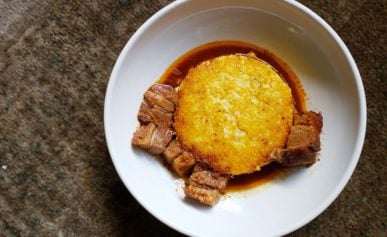
Wasting Less, Living Better
Being thrifty in these times is a necessity. Here’s how I stretch and innovate in the kitchen using what I have handy.
Read More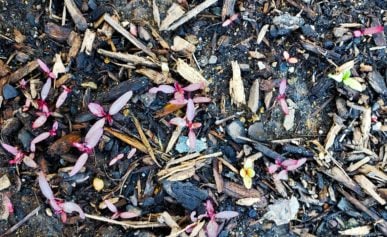
Support the Volunteers
In the garden, which for many of us is a place of solace these days, you will often find useful plants just growing, here and there. Consider supporting them.
Read More
How to Salvage Freezer Burned Meat
When you can’t go to the store that often, you look into the depths of your freezer. Sometimes you don’t like what you see. Here’s how to deal with ancient frozen bits.
Read More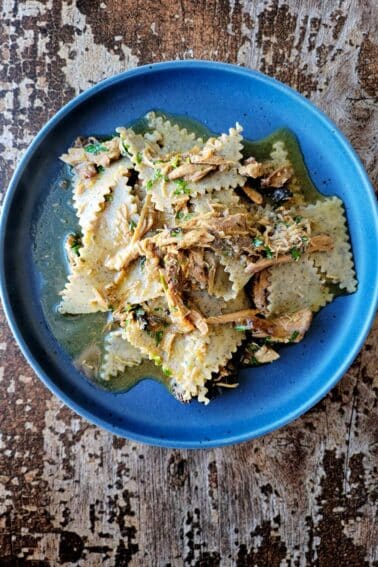
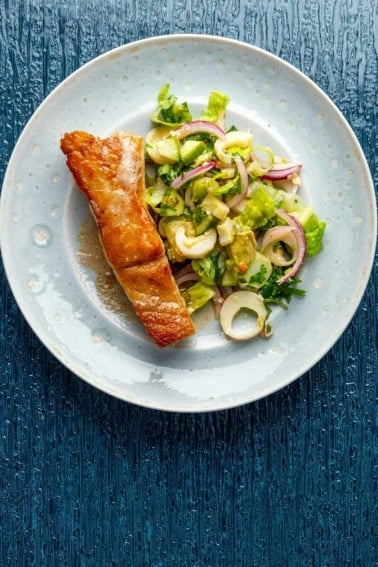
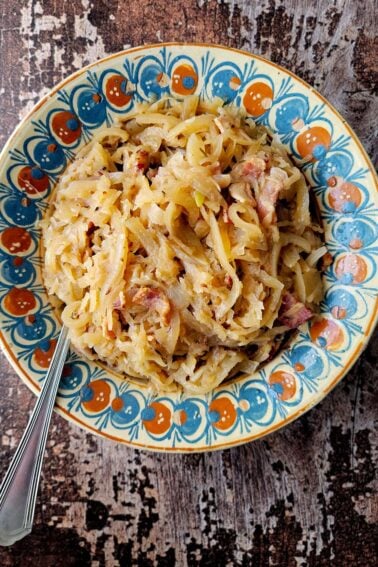
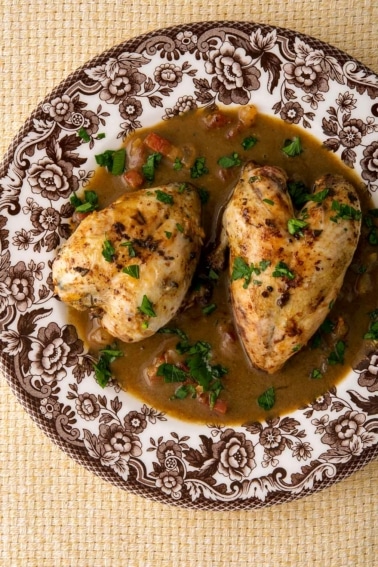
Hank you’ve opened my eyes to yet another way to relish what nature has to offer besides the basic wild meat that’s usually my main focus. Now, for example if I’m able to make a planned trip to Sitka Alaska this summer, I’ll go out of my way to find a recipe or plan a meal that incorporates more of the local bounty. Thanks again for the perspective in these times of contemplation.
It will be nice to find some recipes. I like to find a few things to make when we are on the road for a few weeks traveling and seeing the sights. No where new this year because of the virus but hopefully that will be soon. Dutch ovens over open flame or grilling also.
Meals like these have an escapist quality that many of us need right now. In the cooking and eating you transport yourself to another time and place. You recall the details of the hunting and gathering, the landscape, the weather and the friendships. My wild game freezer is empty now, but the plates you share here give me something to digest until I can go into the wild again.
Thank you.
Thank you so much for your inspiring recipes. So often the bits and pieces aren’t used. It reminded me of the fish version had while in college in Maine, cod cheeks and tongues. They were delicious sauteed in butter or added to a chowder.
I only recently stumbled across your emails and subscribed.. Every single dish so far has me wondering how many years you have perfected your chef’s expertise, your craftsmanship and your wonderful writing/presentation skills. I am totally amazed and love to see how fascinating and appealing food on a plate can be. Thank You, from the bottom of my heart, from Ottawa, Canada.
I’m not a cook nor am I a hunter. I just think your writing is brilliant and I enjoy reading for the sensory pleasure inspired. thanks
Wow that looks really good. I appreciate your recipes and insight into maximizing our inner chef. I made your Pasta Primavera for Easter dinner and we really enjoyed it! It’s nice to go meatless from time to time.
Timely post, Hank. Those Magnus crackers are a great way to use those barrel cactus fruit and seeds! I made a similar desert themed dish with goat using them here. https://foragerchef.com/desert-stew/